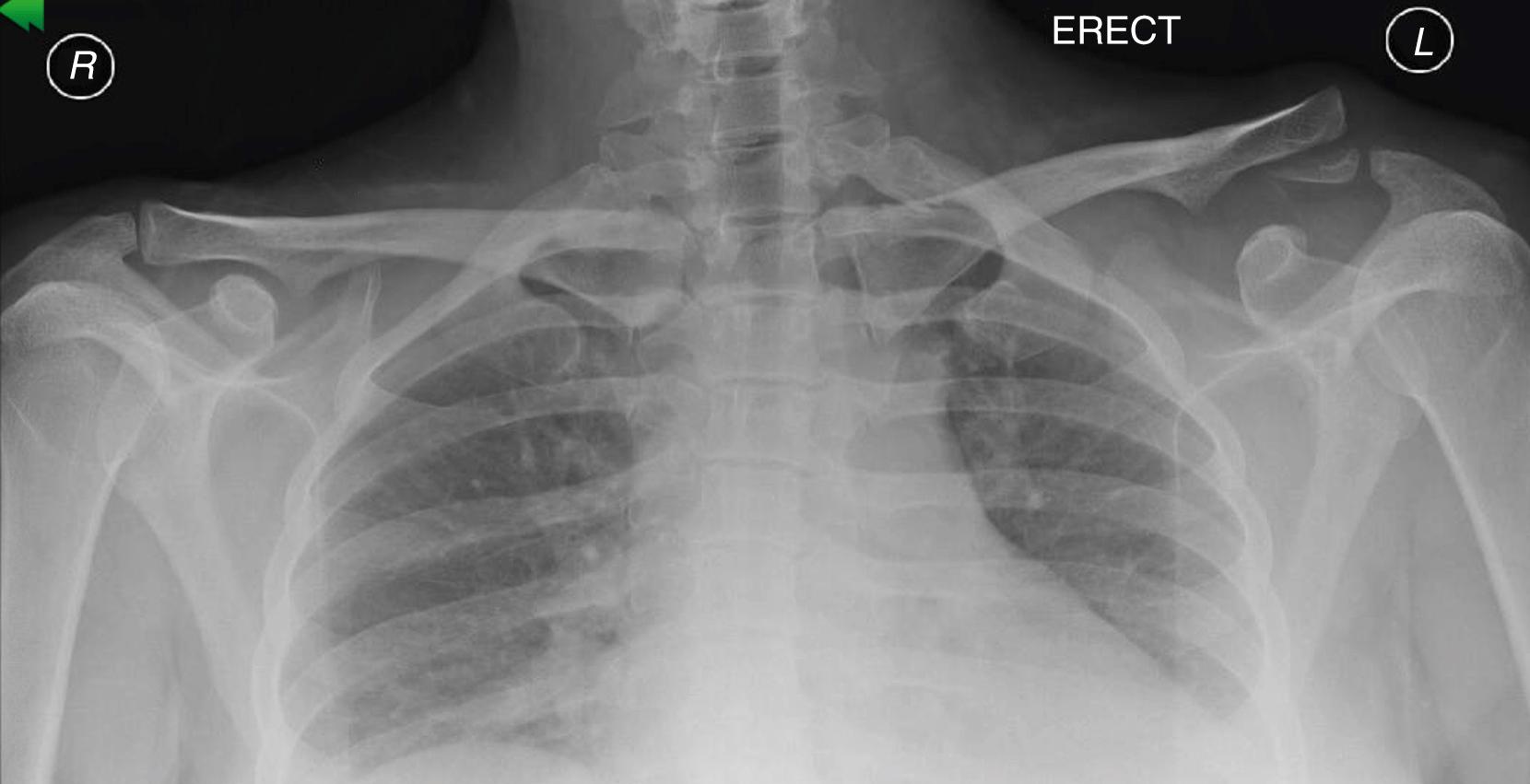Physical Address
304 North Cardinal St.
Dorchester Center, MA 02124
The most common indications for use of the hook plate are for cases of displaced distal clavicle fractures in which the coracoclavicular (CC) ligaments (trapezoid and conoid) provide insufficient connection between the coracoid and the clavicle, thus allowing the medial clavicle to elevate and the weight of the arm to displace the distal fragment(s) inferiorly ( Fig. 10.1 ). Distal clavicle fractures, as characterized by Neer, include type I injuries (lateral to the CC ligaments), type IIA injuries (medial to the CC ligaments), type IIB injuries (between the CC ligaments with torn conoid), type III injuries (extending into the acromioclavicular [AC] joint), type IV injuries (physeal fractures), and type V injuries (unstable comminuted fractures with intact CC ligaments and medial clavicle displacement). Injuries with significant fracture displacement and widening of the CC interspace on upright views to indicate disruption of these ligaments are amenable to this technique.

Although recently some authors have shown that different fixation constructs, such as dual plating or suture augmented superior plating, can result in similar biomechanical properties to hook plate constructs, the versatility of hook plate constructs and their predictable and easily manageable associated complications make the hook plate implants quite appealing. Hook plate constructs function to reduce the distal clavicle with sufficient fixation regardless of the degree of comminution at the distal clavicle or injury to the coracoid. This is not always the case when dual plating is attempted or suture augmented superior plating is performed with cortical buttons at the inferior coracoid. Despite attempts to minimize the degree of hardware removal, every construct carries the potential for this secondary procedure and when cortical buttons inferior to the coracoid do fail, the complications can be difficult to manage including coracoid fracture, a potentially technically challenging surgical dissection, or a risk of hardware migration adjacent to important neurovascular structures. Whereas with hook plate fixation constructs, the risk of acromial osteolysis and even acromial fracture is foreseeable and rarely requires treatment beyond removal of hardware. Preplanned hardware removal at approximately 4 months after the index procedure (the norm for the authors of this chapter) can be perceived as more of an inconvenience rather than a true complication, and preoperative counseling of patients is important to set expectations. Finally, hook plate constructs can also be used to treat chronically displaced AC injuries including the treatment of these injuries with biologic fixation (soft tissue grafts) placed deep to the plate. If used for a fracture (clavicle or coracoid), it is best treated early to minimize the need for mobilization of the fragments. If treatment is delayed (>3weeks after injury) for a displaced purely ligamentous injury (AC separations), there may be a need for augmentation of fixation with a heavy braided nonabsorbable implant as well as a soft tissue allograft or autograft placed deep to the hook plate device. Placing these implants deep to the plate ensures retention after planned removal of the hook plate itself.
While there are many techniques for treating distal clavicle instability, the hook plate is the only implant that uses the leverage point under the acromion and the hook to resist the relevant deforming forces. This strength is also its weakness in that it is occupying the subacromial space, exerting force onto the undersurface of the acromion and therefore must be removed to minimize any potential for injury to the rotator cuff and the undersurface of the acromion.
Become a Clinical Tree membership for Full access and enjoy Unlimited articles
If you are a member. Log in here